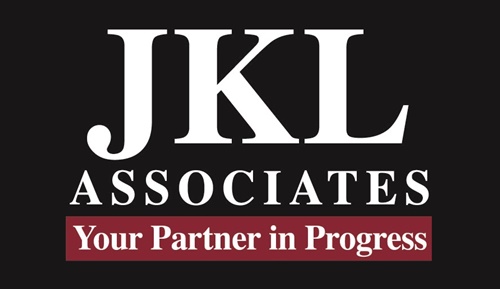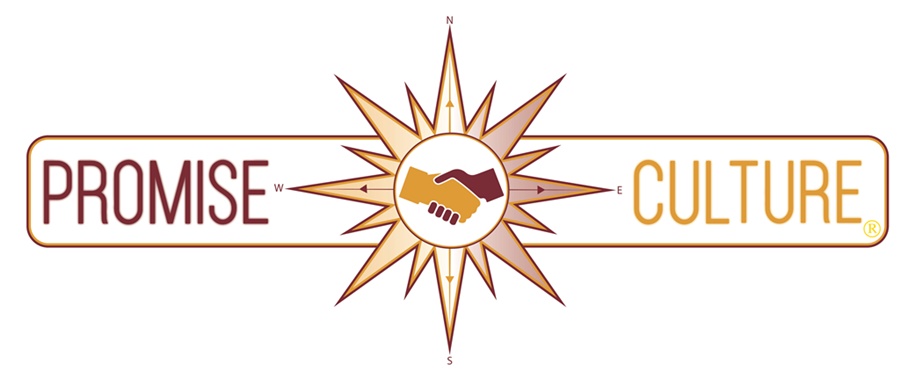The word “Choice” is a very interesting part of our vocabulary. By definition, it states:
- The act of choosing; selection.
- The power, right, or liberty to choose; option.
- An alternative.
Living in a democratic representative republic, which we refer to as the United States, which provides freedom of choice in many ways in our constitution, we can sometimes take this awesome responsibility for granted. We work on the basis that we will always have the opportunity to select alternative options placed before us. This framework causes us to use this responsibility in both productive ways but also opens us up to misuse in foolish ways.
Our society’s framework shapes us, and environmental pressures influence our choices. When the arena we exist in lacks the benefits of solid purpose, core values, and guiding principles, each individual’s belief system takes hold. It introduces additional complications to the process of choice.
You might ask yourself what this has to do with leading a business. Your work environment/organization is a microcosm of society. When your company lacks the structure and standards of purpose, core values, and guiding principles, you leave the choice up to each individual member of your team. When decisions need to be made, and there is no framework for arriving at a consistent point in the process, then each decision will be based on the particular person’s past influences. Sometimes, it may, by chance, align with your business standards, and sometimes, it may not.
Owners indicate that they are pretty good judges of a person’s character, and thus, they build in consistency at the point of hire. Well, we must now pop that theory, and let’s just say that more owners than not will agree that what they thought they were hiring and what arrived in their organization is not 100% aligned with the standards they desire for business decision-making.
So, how can this be addressed? Leadership needs to start by defining purpose, core values, and guiding principles so that the culture of the business is clearly defined. Unfortunately, this is only an initial step. This takes considerable time to get it worked out. This is why many owners throw words on paper, post signs, and call it done. The framework not only needs to be created but then MUST be challenged and verified. It must become part of everyday operations and efforts for excellence. These two steps of validation and implementation take more time. There is no quick fix. No flipping of the light switch to shine light on the matter. There is no simple popping of the fix-all pill to change the culture.
The reality is that when you invest the initial time to set up the culture and own it daily, the business is set up to be far more self-sufficient than you might imagine. The culture influences and frames decisions and attracts resources that want to be in that environment. By having the culture in place, the actual product or service offering can be elevated to a higher level, which attracts more customers and raises profit.
This week, challenge yourself to evaluate your culture and the ingredients that either make it flourish or on the slow road to stagnation.
Interested in starting 2025 by reshaping and creating your 2.0 culture? Call JKL Associates at MI (313) 527-7945 or FL (407) 984-7246 to speak with a Promise Guide.
COPYRIGHT – JKL ASSOCIATES 2024
QUESTIONS OR COMMENTS – EMAIL US AT PARTNERS@JKLASSOCIATES.COM OR CALL OUR OFFICES – MI AT (313) 527-7945 FL AT (407) 984-7246
Celebrating 30 years of Delivering on “Promises”




